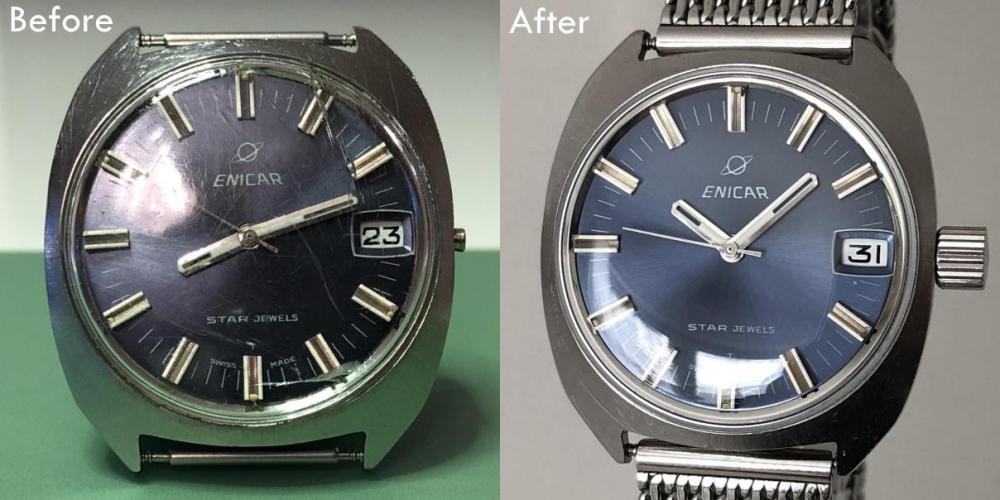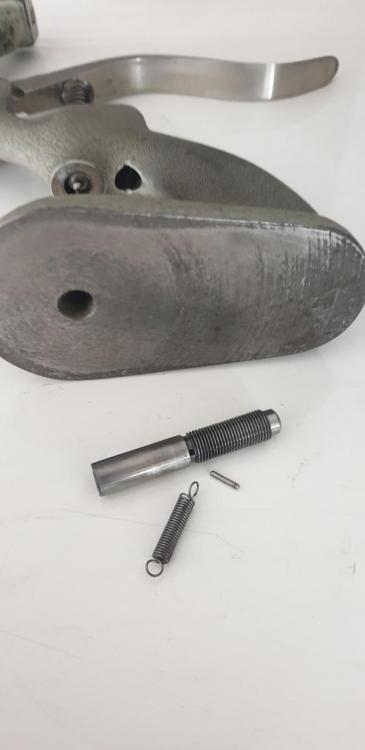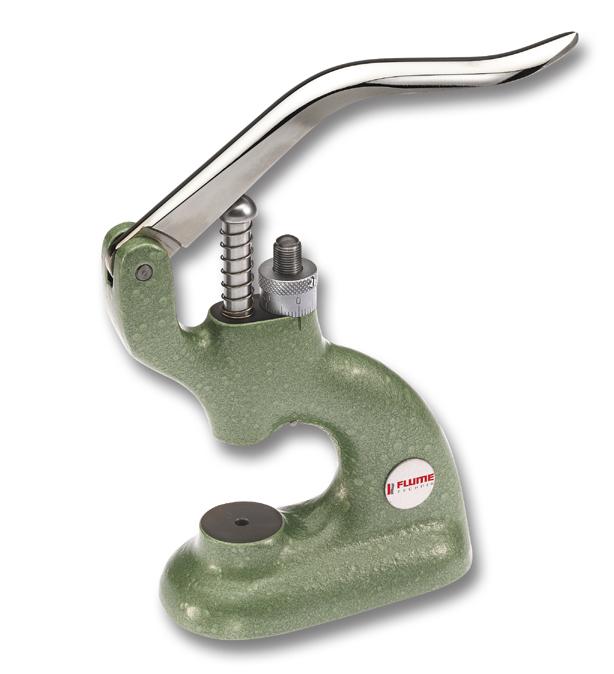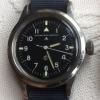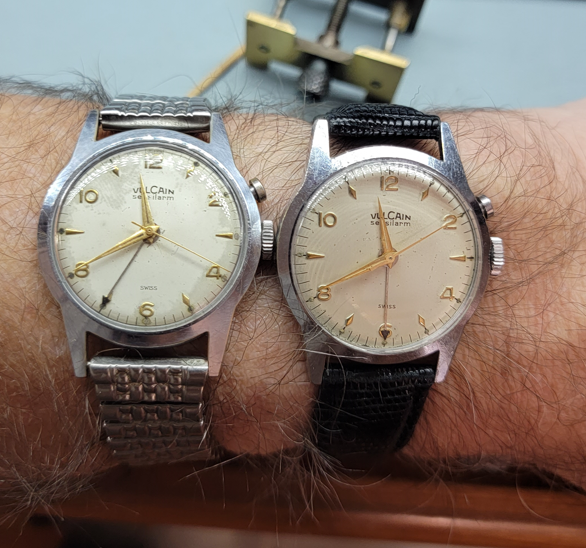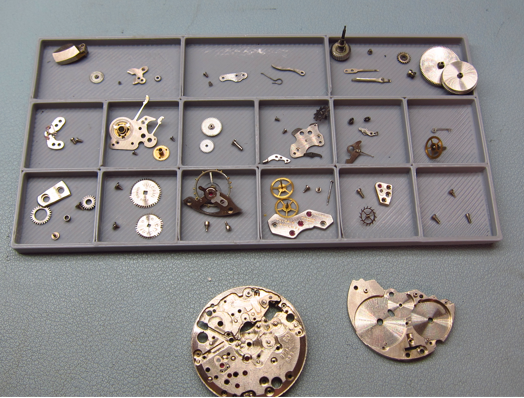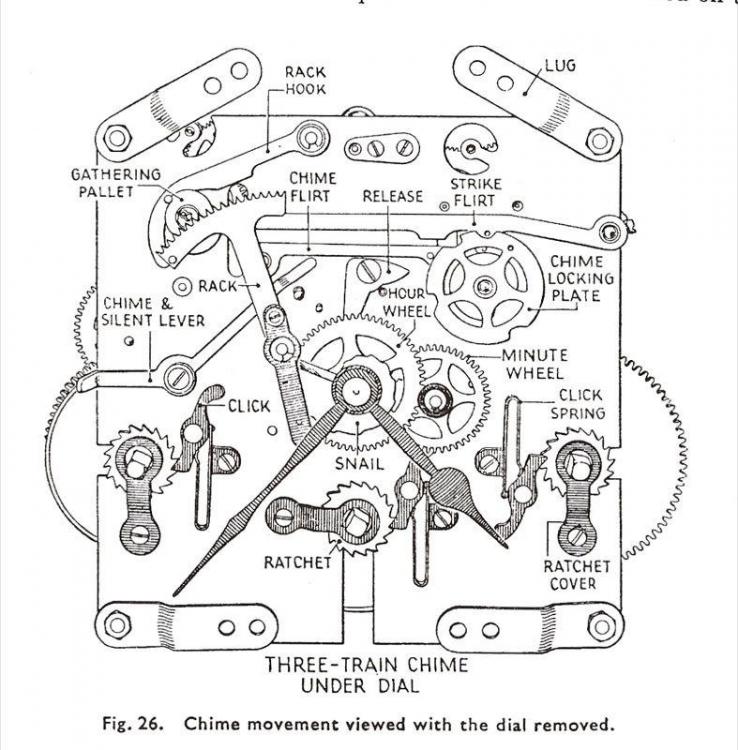Leaderboard
Popular Content
Showing content with the highest reputation on 04/02/22 in all areas
-
Disassembly sequence here (Please sort by name in ascending order) Assembly sequence here (Please sort by name in ascending order) The watch is an Enicar Star Jewels Ocean Pearl from the 1970s A bit of background I bought this watch on tradera.com (Swedish eBay) listed in the category "Klockor/Renoveringsobjekt" ("Watches / Renovation items"). It was listed as "working" despite lacking the winding stem. I bought it for three reasons. I wanted to try my hands on an inexpensive watch in visual need of renovation. I was curious of the Enicar brand and their in-house movements, and I thought the blue dial with its applied indices had potential. It was clear that the watch needed a new winding stem, crown, and armoured crystal. I found an original stem on eBay from Spain for less than €10 including shipping (a bit of a bargain I think). I bought a bunch of inexpensive waterproof crowns from CousinsUK.com so that I could select the most comfortable and at least somewhat nice looking. I also bought a couple of inexpensive Sternkreutz armoured glasses from CousinsUK.com Overall the movement looked pretty OK except for a third wheel pivot that was rusty. Removing the rust (using vinegar essence) the pivot became Coca Cola bottle shaped so I burnished it and in the process had to remove approx. 2 to 3/100 mm. This in turn created too much side-shake so I replaced the jewel as well. The mainspring looked pretty OK too so I kept it. The cannon pinion also needed a bit of tightening. I guess the friction between the centre wheel arbor and the cannon pinion really can't last forever when a watch is being used for many, many years, perhaps even for decades (looking at the case back of this watch it has seen massive use). Anyway, to tighten the cannon pinion I first tried with my Seitz jewelling pusher and stake for lanterning cannon pinions, but it feels like the edges of the pusher and stake are somehow too blunt or perhaps not designed for wrist watch movements?! So, I resorted to my cannon pinion tightening tool (Bergeon 4733) which is really a bit scary to use but works very well once you've destroyed your first two or three cannon pinions learning how to use it. The trick is not to alter the position of the screw (unscrew it) once it reaches the inside of the handle. As soon as the screw touches the inside of the handle it's time to press. That will usually tighten the cannon pinion the required 1-3/100 mm (I would guess). To give back some of the luster to the dial and hands I simply used a Dial & Hand Cleaning Pen from CousinsUK.com. It worked better than I had expected. The old lume was partly missing and what was left was completely crusty so I simply scratched the remains off and didn't bother to replace it (the blue colour shining through the hands looked pretty great and I don't care much for lume anyway) Despite throwing everything in my arsenal of collected knowledge and experience on the this watch I couldn't get it to run perfectly. The amplitude (as well as the rate) in the horizontal positions fluctuates between 260 and 280 degrees but mostly stays around 260 degrees. I did adjust the curb pin as the hairspring was pinched between the boot and the curb pin and made sure it bounced evenly between the two, but the effect was only marginal. I suspect that the hairspring touches the lower part of the boot. Anyway, I decided to wait with further investigations, put it together, wear it and enjoy it. Despite this shortcoming it performs very well as a daily wearer, only varying in rate between about +1 and -1 seconds per day.2 points
-
Denatured alcohol is ethanol mixed with a small amount (up to 5%) of methanol to make it undrinkable. Isopropyl alcohol is a kind of alcohol with a longer carbon chain than either methyl alcohol (methanol) or ethyl alcohol (ethanol). Since shellac is obtained from insects, the exact species it was isolated from, what they fed the insects, and even the season it was isolated from can affect the properties of the shellac that is obtained from the bugs. It seems that the higher the carbon chain of the alcohol, the less likely / longer time it takes for the shellac to dissolve in the alcohol, but this is still very variable. The length of time the shellac has been allowed to cure for (how old it is after heating/setting) also appears to play a part in whether it will dissolve.2 points
-
I would make a small hole in a ziplock bag just big enough for the screwdriver head to go through, place the movement inside the ziplock bag and seal it. Then unscrew the screw with a screwdriver through the hole in the ziplock bag. The ziplock bag should be a bit puffed up, so that the screw isn't at the surface layer of the ziplock bag. This way, if the screw flies, it would do so at an angle and hit the inner side of the ziplock bag...2 points
-
Some of John's comments are directed at how lubrication has changed over time for the same caliber. This is a matter of progress in lubrication tech i.e. better lubricants, as well as practical observation. Regarding epimamage, old docs from John recommend it on most of the usual places. It's one of those things that definitely helps, but you're ok if you don't do it. Unless- you do this professionally and want to ensure *factory level service. One thing that kills me on some modern pieces is they just won't work right long term without very specific oils and procedures. I know the purple Rolex inversers won't work right if not epilamed, that's a decades old thing. But aside from that, I would like to think we got to a state where a slight difference in viscosity or whatever doesn't make or break. Anyway, if working on stuff from the last century, you can go by what some early tech guides say, thin oil here, thick oil there, grease there. If done carefully, with whatever make of oil, you're still ahead of some "factory service" I've seen. *from above, I've been handed things "ex factory service" where the customer was ready to toss the watch, and after fishing out a screw dancing aound (under tightened) or cleaning out the Incablocs that had been flooded and then run dry, they're happy and the watch is happy. Of course it means a whole new overhaul as you have to to guarantee the work. I remember one of my classmates went to a factory service center and 1st day his boss implored him to "fill up the incablocs, they keep coming back as returns bone dry!". He found a new job.1 point
-
Again one of your excellent walkthroughs with exquisite pictures. Your progress and achievements are keeping me amazed ! Can't wait to see a walkthrough of the Junkers 3133 ........ (can share some experiences if required )1 point
-
Nature is exactly the right word. We say shellac as it was standard, non-organic chemical with a formula, but it's not. No need for me to repeat here what Wikipedia teaches us on the subject: https://en.wikipedia.org/wiki/Shellac1 point
-
1 point
-
1 point
-
Horological lubrication is it weird and interesting subject of filled with opinions. In your question really has too many variables to properly answer. Like usually everybody complains about the cost of lubrication so seldom will somebody purchase all the lubrication's required. I'm not saying people don't but it often times see people one only have one or two for cost reasons. Then there's a problem of how old your documentation is. It has to be a lot of things that influence what people do with lubrication in horology. I'm attaching a PDF for you scroll through and there's a couple images regarding lubrication. It's a right manufacturer I'm not sure if it's actually your watch but is there lubricating one watch in a particular way they're probably lubricating all of their watches the same way this will get you started. Zen 650-685 Zenith.pdf1 point
-
Hi It is doable bending flat strip but you need two benders in order not to twist the crutch, but as Old Hippy explained the rods are far easier.1 point
-
Just for future reference when you see basically snow on the graphical display the numbers are usually worthless. Often times people will think the numbers are valid numbers when the graphical display looks like crap and they usually will not be. Which is one of the reasons we always like to see a picture like you gave us because often times people say how wonderful it looks and not show us the graphical display image of how wonderful it does not look. Which doesn't work well if you're trying to troubleshoot and help somebody out so thank you for the picture. I find is sometimes when the pictures don't look right that the website below is nice because usually get a better picture? It's really hard unfortunately with the picture but it looks like your terminal curve isn't quite perfect but I guess it just depends on how perfect you want your watch to be. http://www.ranfft.de/cgi-bin/bidfun-db.cgi?10&ranfft&0&2uswk&Tissot_2700 The stud position isn't really important at all. What is important is where the hairspring is which is unfortunately attached to the stud. So typically use the stud providing the hairspring hasn't been bent to make sure they hairspring is flat. The problem with the hairspring that's not flat is no longer floating and it tends to be putting pressure on one pivot or the other. This will often show up in the timing machine As uneven timing between dial-up and dial down depending upon how bad it is. But it's not the only thing that can cause problems of dial-up and dial down. One of things it's interesting with this movement is supposedly it's an equivalent to an Omega movement? This becomes interesting because if it was the Omega movement it is meant to be regulated. It looks like the picture of the Omega movement matches your movement so because of that I snipped out the timing specifications for your watch. I also found the parts list for the Omega watch. http://www.ranfft.de/cgi-bin/bidfun-db.cgi?10&ranfft&0&2uswk&Omega_1100 429_1100_complet_2272.pdf1 point
-
1 point
-
I hadn't realized until I left the page that you actually tell us what it is sort of? The grade 161 becomes a 1907 0 size movement. The parts can be found in the Waltham 1948 parts catalog. Because I didn't realize the size I thought this was more like a 16 size that's why is puzzling some of the differences but from what I can tell in the catalog everything looks right including a really big screw on the dial side. I will assume that it's your normal right-handed thread. Which is still have to take off to get the wheel underneath and a free up the part on the other side C can take the stem out. But I would deal with the plate and the parts under that first.1 point
-
The big screw doesn't look right in other words is not what I usually see their. Usually it's a little screw holding in a cover plate covering up the wheel underneath. It also has the purpose of holding a part on the other side that's holding the stem in place. If we had a complete serial number we can look up and see what it says in the parts list or what it shows possibly? Yes the plate is hiding a spring that likes to fly away if you're not careful. Typically and I'm attaching an image there is one screw and the plate comes off. Usually the spring will stay in place unless people of played with it. Yours has two screws you should be able to remove one loosen the other and rotate the plate slowly out a way. That whale keeps the spring under control as opposed to removing it and having it beside the flyway.1 point
-
1 point
-
1 point
-
Just heat it over a spirit lamp and that should do it, you won't need much heat, if you have a blow torch that would be better as you have better control of the heat, there are products out there that you can buy that stops the heat from spreading but in this case you don't need it.1 point
-
A 1×3 mm piece of aluminum foil, placed under the inner side of the cock, is a good start. Good luck1 point
-
Instead of the actual operating frequency, look for a sweep frequency ultrasonic cleaner. By sweeping the frequency over a range, dead spots and hot spots are eliminated. This results in a more even clean.1 point
-
Hi I have just looked on ebay and there are several on there useful as a donor watch.1 point
-
1 point
-
Found this showing assembly sequence https://www.thewatchforum.co.uk/index.php?/topic/115197-accutron-astronaut-variant-guide-and-reference-info/1 point
-
Hi the "S" shaped wire is just a fairly hard wire bent to fit and hold the spring clutch together nothing special, brass wire I would say is a bit soft. Boiled linseed is best to feed the wood, I have used orange oil but seems hard to get now. If you apply the first few coars of wax with a000 grade wire wool it helps to flatten the surface and build up a nice surface.1 point
-
I'm intrigued by boiled linseed oil - do you boil linseed oil or can you buy it pre-boiled? and what's the advantage of boiled over just normal? The more I get into clock repair the more I'm finding that the case work is as much an effort as repairing and servicing a movement. I enjoy it though and feel it's an essential part of servicing albeit a bit of a dark art at times so any tips are gratefully received.1 point
-
well done bearman good choice or clock for your project be careful it can become addictive best of luck1 point
-
That is just a steel clock pin shaped into an S you bend it like that to prevent the pin from slipping out. With clock repairs you need steel clock pins of different sizes and brass clock pins you can buy very good assortment of both. If you are repairing Longcase clocks (grandfather clocks) you will need the very large extra long steel pins which good clock suppliers keep.1 point
-
The hairspring must be flat. Imagining a watch where there aren't any twists or bends at the stud, the hairspring is good, if you look at the spring it will be flat; not just not tilted, but not cupped up or down. If the stud is too high the spring will be cupped up, in a concave shape; if too low, the hairspring will be cupped down, in a convex shape. The correction is to adjust the height of the stud*. Perhaps you didn't notice that it was cupped up, and have now corrected it- but check that it isn't cupped down now! Too far and the spring can touch the balance arms, but regardless for good timing it should be nice and level and flat. *Some watches have no height adjustment at the stud. That's a whole other can of worms.1 point



